According to a Gartner report, the number of people involved in a purchase decision increased from 1-2 to 7-8 in a typical small business. This essentially means acquiring B2B customers has become a longer and more complex process.
Key elements of a B2B Customer Acquisition Strategy
Your product or service and business model are the basics of any marketing strategy. Apart from this, there are other critical elements to study before preparing your strategy.
- Marketing channels – What are the channels best suited to reach your B2B customers?
- Size of the market – How big is your addressable B2B customer segment?
- Purchase triggers – What problems are customers looking to solve? What triggers them to move further down the funnel?
Why is B2B Customer Acquisition harder than B2C?
- Multiple stakeholders – There are often many teams or individuals within the same organisation who can influence the purchase decision
- More expensive – B2B purchases are high consideration, and getting these customers on board is a long process.
- Driven by data and numbers – Unlike B2C, B2B customers are driven more by logic than emotion. Hence messaging needs to be more in-depth and convincing.
- Smaller markets – B2B customer groups are smaller and can be niche.
Moreover, there are more millennials becoming decision-makers at B2B businesses. According to a report by Demand Gen, 56% of the respondents were at director-level positions or above, and another 42% held managerial positions. This means traditional approaches to customer acquisition for B2B do not work anymore.
Identifying the B2B Customer Journey
Customer journey mapping is visualising the life cycle of a customer. Right from the point of the first contact to purchase and beyond. For B2B customer acquisition strategies, it is critical to remember to track this journey after purchase. Since loyalty and repeat customers are an essential part of B2B marketing.
Why do you need a B2B customer journey map? A clear customer journey map helps ensure your customer acquisition strategy is:
Sustainable – Sales cycles can take months and even a year in the B2B space. B2B customer acquisition strategies need to have a long term focus.
Uses multi-channels – Using a multi-channel approach ensures you can target customers not just on different avenues but also with different types of content.
Laser focused – B2B customer groups are smaller and need a targeted acquisition approach.
Now that we know why customer journey mapping is critical, here are a few steps to get you started:
Steps to create a B2B Customer Journey Map

- Identify personas – Create different customer personas and group similar ones together.
- Lifecycle of a customer – Identify the different stages a person goes to become a customer – awareness, research, discovery, verification and purchase.
- Identify touchpoints – List out every possible touchpoint through which a customer can enter your system – website, social media, salesperson etc.
- Talk to your customer to know what you are missing out on – The best way to understand your customer’s journey is to talk to them. Use surveys and interviews to collect insights. It is essential that this is an ongoing process and not a one-time effort.
A detailed customer journey map is definitely useful. However, if you are new to the process, you can start simple. Here is a sample template.

You can even add teams involved, potential barriers, timelines and budgets depending on your business.
How to segment B2B customers?
Reports show that 80% of business purchases are based on customer experiences. How do you offer a good customer experience? The trick lies in segmenting customers and offering customized information to each group. Not only does this optimize marketing, but it also ensures your customers get what matches their requirements.
- Demographics – This is the most common way of segmenting customers. For large B2B companies, this helps customize marketing on language, gender etc.
- Customer requirements – You can segment customers based on their requirements and map them to your offerings.
- Size of the company – Larger companies have more stakeholders and need a different approach than smaller ones. Grouping customers by company size helps plan communication better.
- Stages of buying journey – You can also segment customers as warm, hot or cold leads. Further, you can tailor the intensity and communication content based on this.
- Account potential – B2B customer acquisition does not end with a purchase. The goal is to keep them on board and upsell and cross-sell. Tagging customers by their potential to upgrade or stay the same helps sales forecasting.
Creating an ideal B2B Customer Profile
How do you measure the success of your customer acquisition strategy? One way is to create an ideal customer profile, so teams are clear about what they are looking for. While the ideal customer will dependant on your business, here are a few key characteristics
The ideal customer will:
- Have a problem/requirement that your product/service can solve effectively
- Have the potential to buy more of your products/services
- Be inclined to stay on long term
- Be an advocate of your brand
- Refer peers
- Offers valuable insights to improve your product and service
How do you go about creating this profile?
Here are some avenues you can tap to collect information:
- Industry reports
- Competitor’s customer profiles
- Inputs from the sales and other customer-facing teams
- Inputs from existing customers
Don’t forget that an ideal customer profile can have two versions – a complete fit and a workable fit.
While working on your customer profile, there are two critical elements to consider.
1. Voice of the customer
While many B2B organizations spend time on customer inputs, very few have a formal voice of customer program. Investing time in putting this together can provide some solid insights. A voice of customer program is a more intelligent way of collecting and analyzing customer inputs. It is more structured and involves both qualitative and quantitative inputs. It looks to collect information on customer’s wants, needs and drivers. Since this is an intensive process, the best way to gather information is via interviews or in-person meetings.
2. Buyer personas
It can be easy to get confused between customer profiles and buyer personas. While customer profiles refer to the ideal organizations, buyer personas are the multiple people within these organizations. Though buyer personas were traditionally used more by B2C companies, it has become helpful for B2B companies. There are various people involved in the buying process, from business to technical buyers. They need to be targeted differently. It is imperative to spend time drilling down to create these buyer personas. While customer profiles help with leads at the top of the funnel, buyer personas help with the bottom of the funnel, especially closer to closing a sale.
An ideal buyer persona would include – individuals demographic, designation, spending power and patterns etc. You can use your website analytics, social media analytics and even interviews to gather this information.
B2B Customer Research
Having an ongoing customer research process is critical to implement all the strategies we have discussed so far. Many B2B organizations make the mistake of conducting customer research only at launch.
It is essential to do this periodically, especially when there are changes in the market – for example, the global pandemic. Or even when a new competitor enters the markets. Businesses and markets are constantly evolving. Keeping an eye on this ensures your customer acquisition strategy is still valid.
B2B customer research is drastically different from B2C research. The former is harder to conduct. Customer groups are smaller, and customers may not be willing to talk due to organizational policies. However, the most critical difference is the depth of research required. For B2B customer research to be practical, it needs to deep-dive beyond the surface for solid insights.
One of the most popular ways of conducting B2B customer research is to split it into levels:
- Macro – Industry-level trends, forecasts and other insights
- Meso – Trends on online forums, competitor tracking etc
- Micro – Information about your customers from interviews, surveys and in-person conversations.
How to target and engage B2B customers
Once you know who your ideal customer is, the next step is to start targeting them and, more importantly, keep them engaged.
Granular targeting: The traditional “spray and pray” approach no longer works for B2B customer acquisition. Targeting needs to be granular and aligned with your consumer journey map. At every stage ask yourself, what information will move the customer to the next step. Remarketing is a powerful tool to use for granular targeting. Messaging needs to be consistent across channels and, at the same time, tailored for each audience segment.
Understand customer personas: In the previous section, we discussed segmenting customers and research. Use this information to understand different customer personas. It is critical to remember there are people behind these customer personas. Relatable and trustworthy content is vital to keep customers engaged. With so much information on the internet, you can quickly lose audience interest if your messaging is not both. Further, this helps build trust paving the way for customer loyalty.
Always be customer-centric- According to a report by Content Marketing Institute, only 53% of respondents say that they create content that is audience-centric than brand-centric. All messaging should always be customer-centric. Instead of talking about the features of your product or service, talk about how your customer’s problems can be solved. This assures your customer you are here to help rather than sell.
Managing customer expectations
Customer expectations have grown dramatically over the last decade. With conversations becoming two way and more players in the market, the customer is truly king. While this made customer acquisition more complex, it need not be hard.
Human to human communication – B2B marketing is still essentially human to human communication. Everything from marketing communication to the website experience needs to reflect this. Customers want personalized, customized and easy to access experiences.
Cater to millennial decision-makers: As we mentioned earlier, millennials make up almost half of decision-makers at large organizations. Millennials are more digital-savvy than their predecessors. For example, this age group is less likely to spend time waiting for a slow website to slow. Having grown up with technology, their expectations are a lot higher from brands.
Leverage technology: Thankfully, just as customer expectations have grown, so has technology. From AI, analytics, chatbots to a wide range of other tools, technology is a powerful tool for B2B organizations. These tools allow you to analyze customer requirements and deliver a personalized experience. The best part is these tools are user friendly and do not require significant technical expertise.
Further reading: How to optimize contact form into the best customer acquisition tool.
Content strategy for B2B
It is no secret that content is at the core of B2B marketing. With the boom of social media and content creation tools, content strategy has changed.
- Granular assets – We spoke about granular targeting previously, and the next logical step is the creation of granular assets. For example, content for decision-makers and users even within the same organization will be different. While repurposing content across various segments is possible, granular assets need to be personalized.
- Content need not be only on your platforms – Content need not only be stationed on your website or social media channels. An infographic, for example, is easy to forward and can still help with your marketing goals. Leveraging other websites and partner brands is another way of putting your content out there.
- Customize content for different levels of your customer journey – Just as content is personalized for different customer segments, it also needs to be personalized for each customer journey stage. For leads at the initial stages of the journey, the focus needs to be grabbing attention. Eye-catching creatives with brief information work the best. For the next step, your focus can be building trust – for example, a customer testimonial. Overloading customers with information at these early stages could cause them to exit the funnel. The more detailed long-form content is best suited for customers well into the journey or funnel.
Success stories of B2B Customer Acquisition
Case Study 1 – Cisco: Using customer research to shape strategy
Despite being a global giant, Cisco started seeing some hiccups in closing sales deals a few years ago. The marketing team decided to take a closer look at the problem. They realized while their messaging worked well with tech buyers, it was falling short with business buyers. A survey realized that only 3% of their business buyers related to their messaging and content.
To fix this problem, they collected in-depth insights from the customers. The results showed them Cisco’s messaging was too focused on their products and not so much on how it helps customers simplify their lives. Cisco revamped its customer acquisition strategy based on these insights. One of the key insights was that peer influence was a significant factor impacting purchase decisions. Cisco decided to re-do their website with a big focus on customer testimonials.
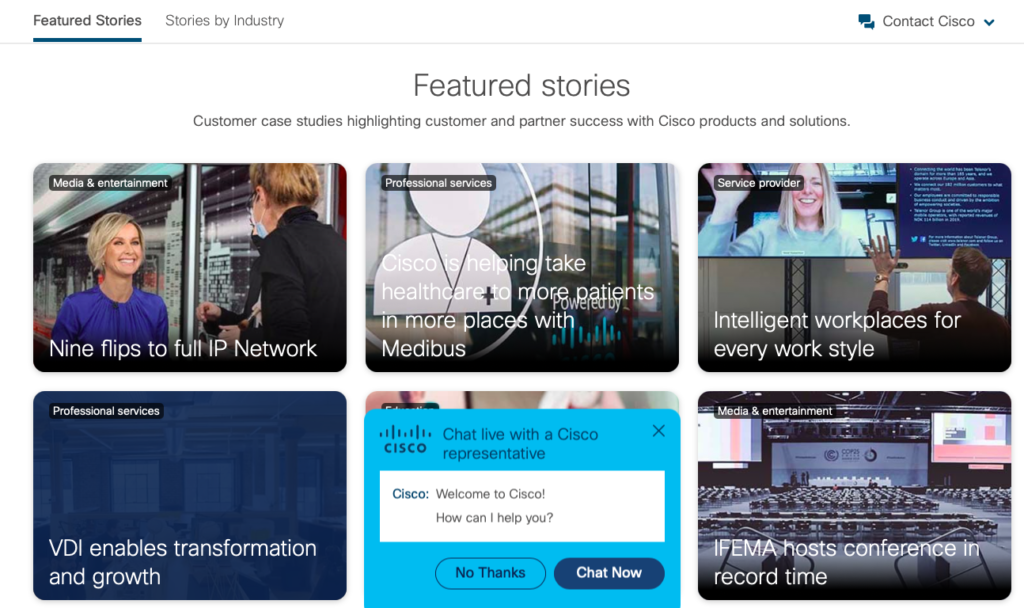
Image source: Cisco
Soon after this revamp, Cisco saw the average dwell time jump from 1.44 minutes to 6 minutes. They also saw revenue of increment of close to $18 million over time.
Case Study 2 – Intuit: Content strategy done right
Intuit often uses infographics as part of its content strategy. The immensely popular “Death of the Office” infographic was widely shared and became instantly popular.
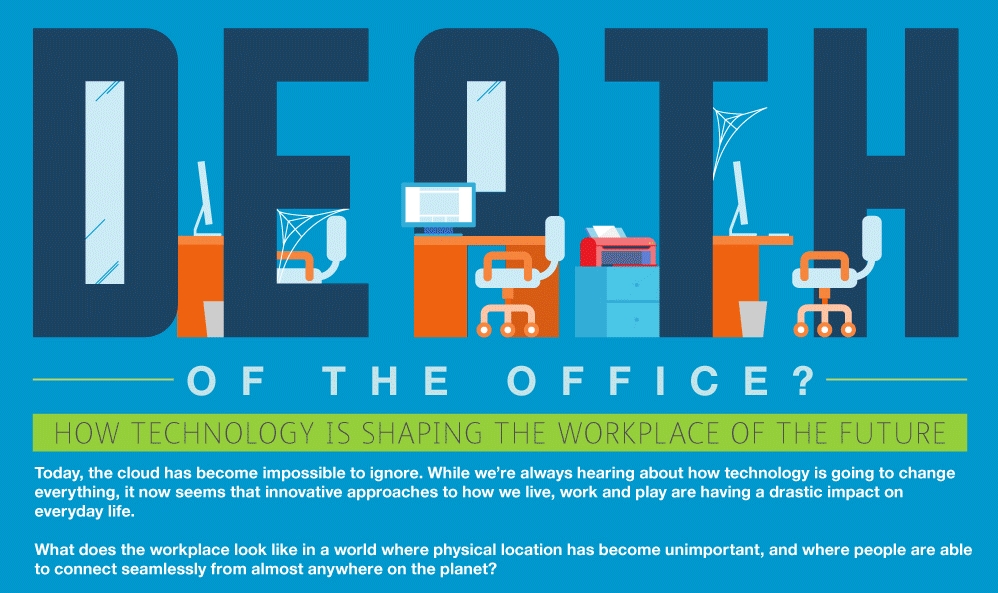
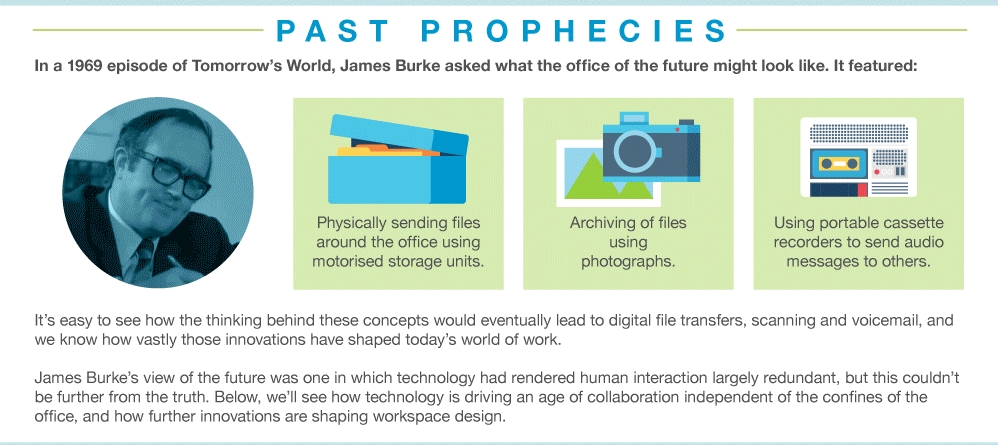
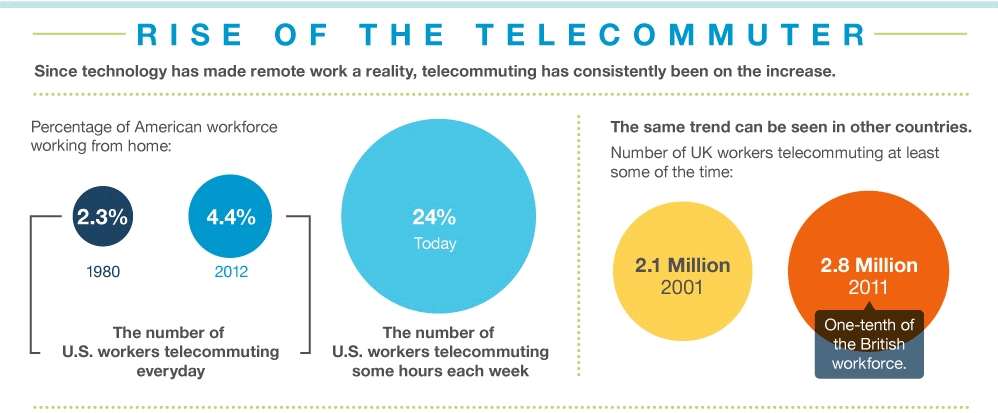
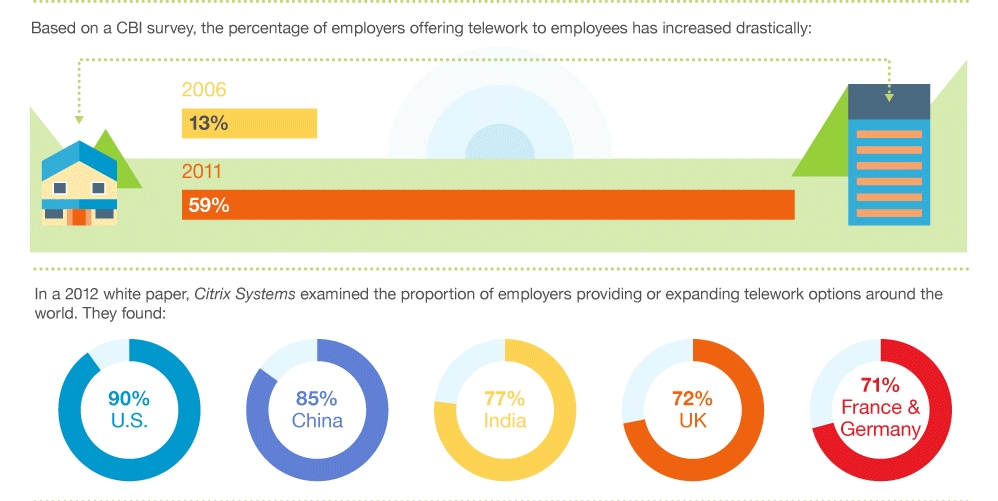
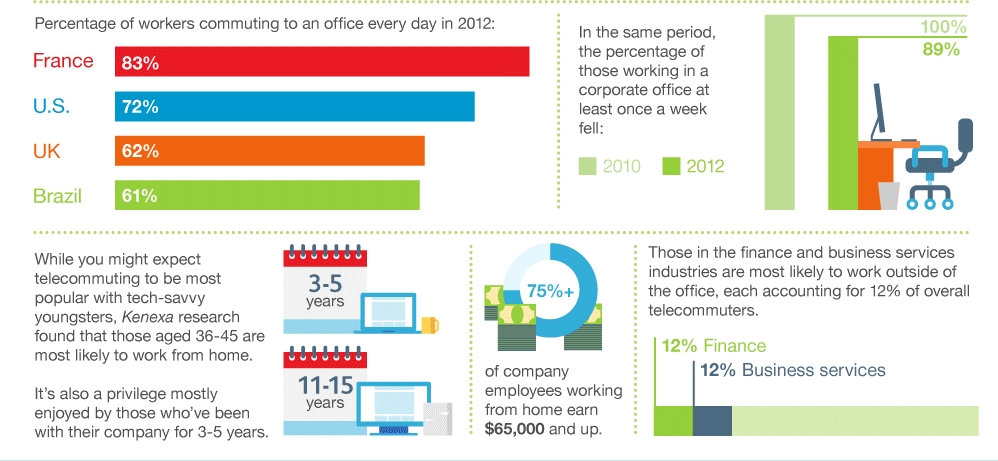
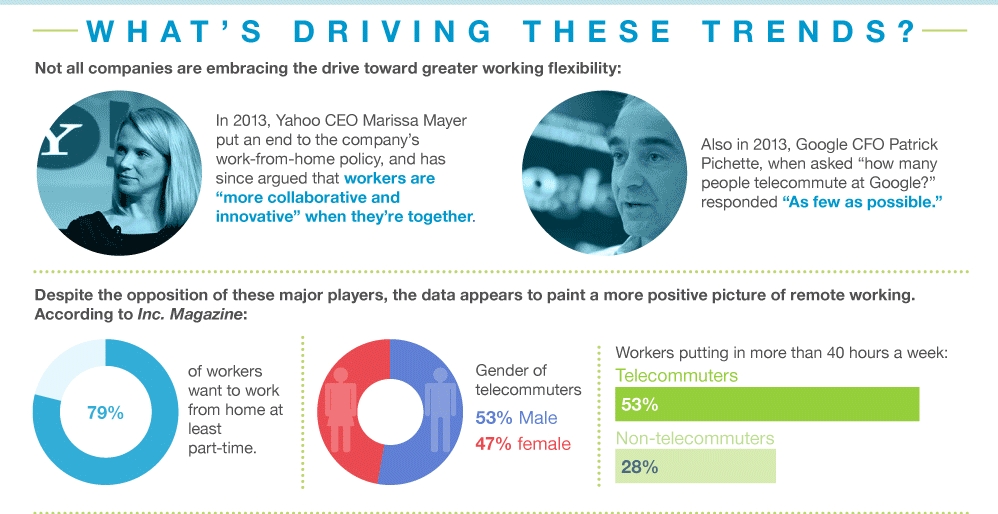
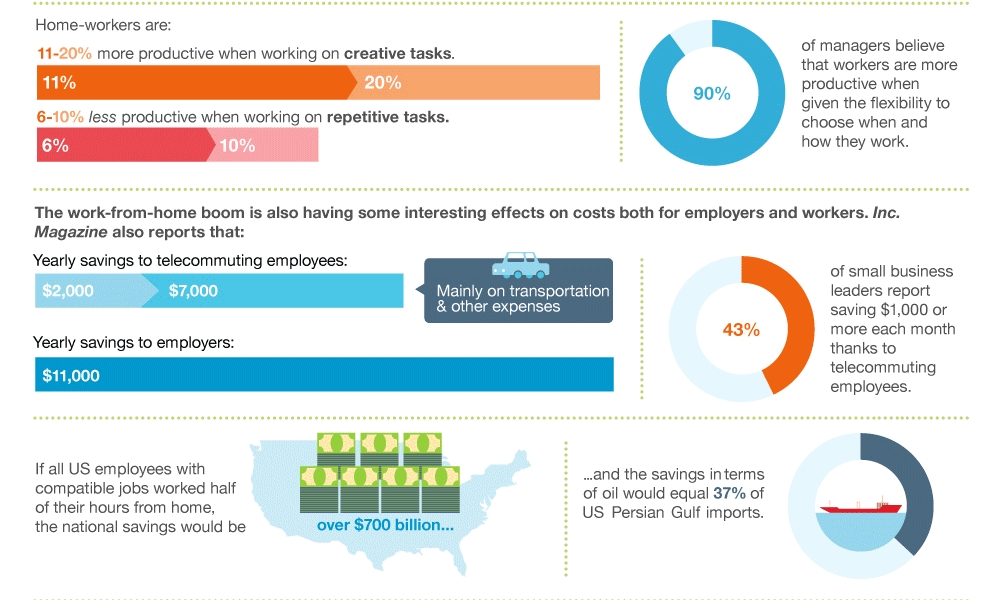

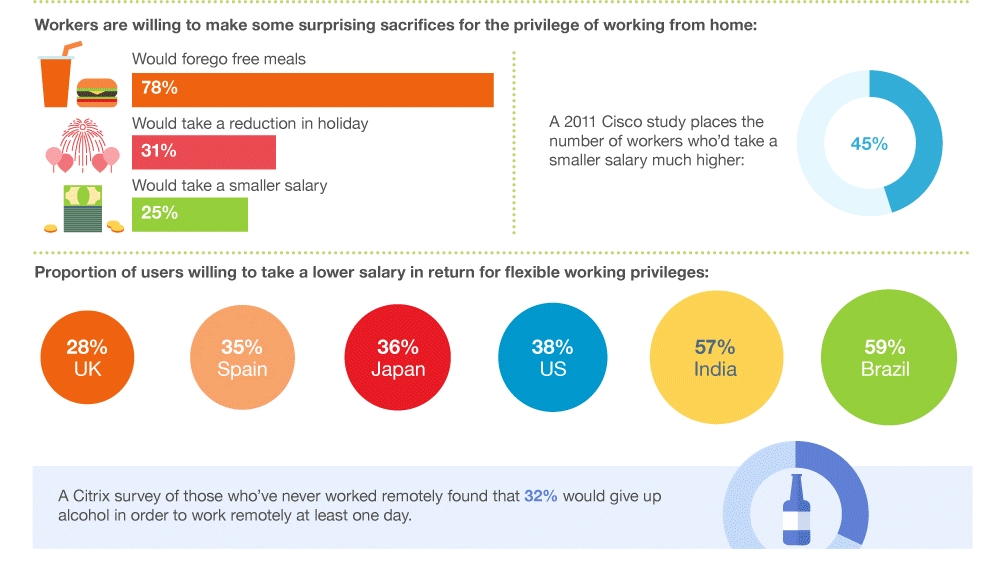
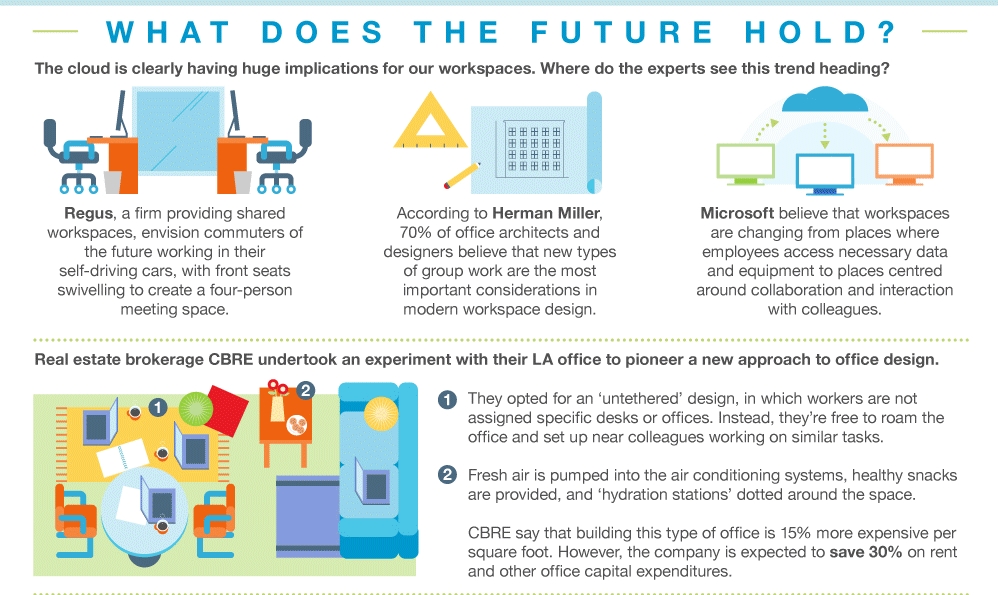
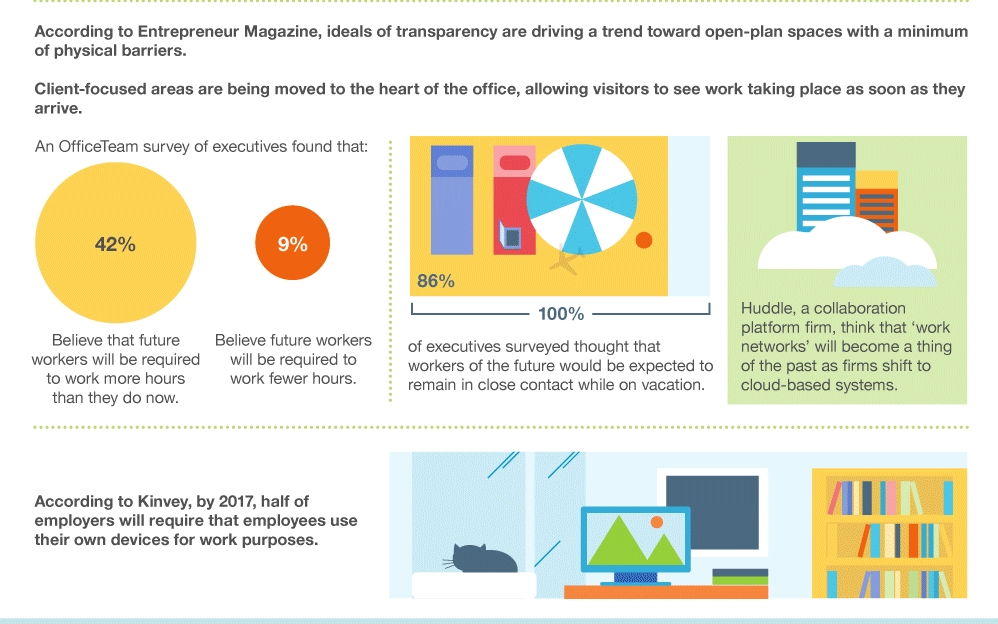
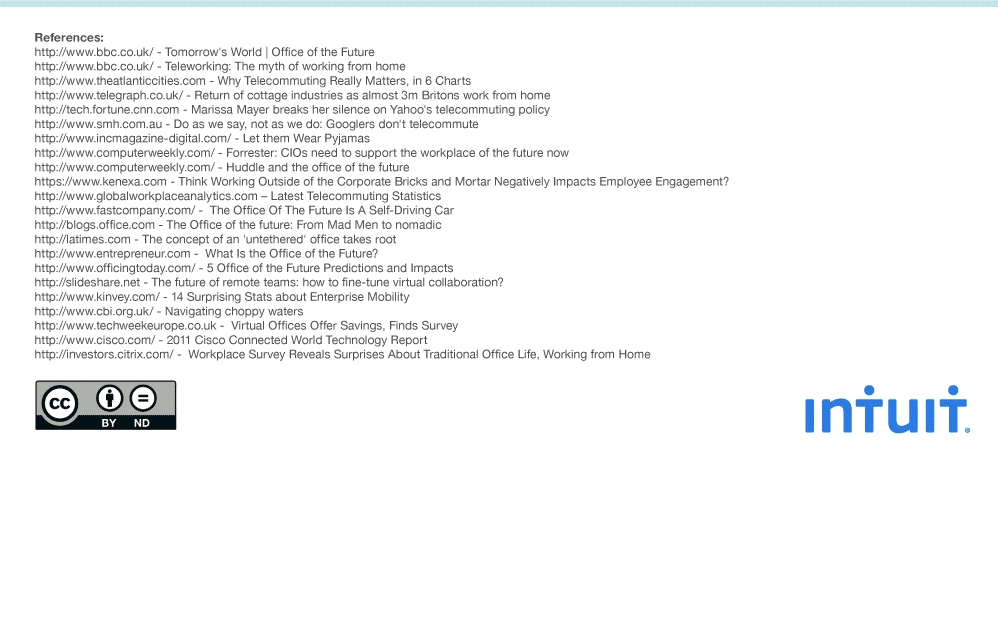
What has Intuit gotten right?
- The infographic has a catchy headline with attractive images. Great to grab attention and perfect for the top of funnel leads.
- Jam-packed with solid insights offering real value to the reader.
- The extensive information also showcases Intuit’s expertise.
- The infographic format makes it easy to share, tapping into newer audiences.
- There is no CTA or even contact info. Intuit is aware B2B customer acquisition is a long process and is not in a hurry to push the reader down the funnel.
Check out these case study examples of brand building that helped win customers trust.